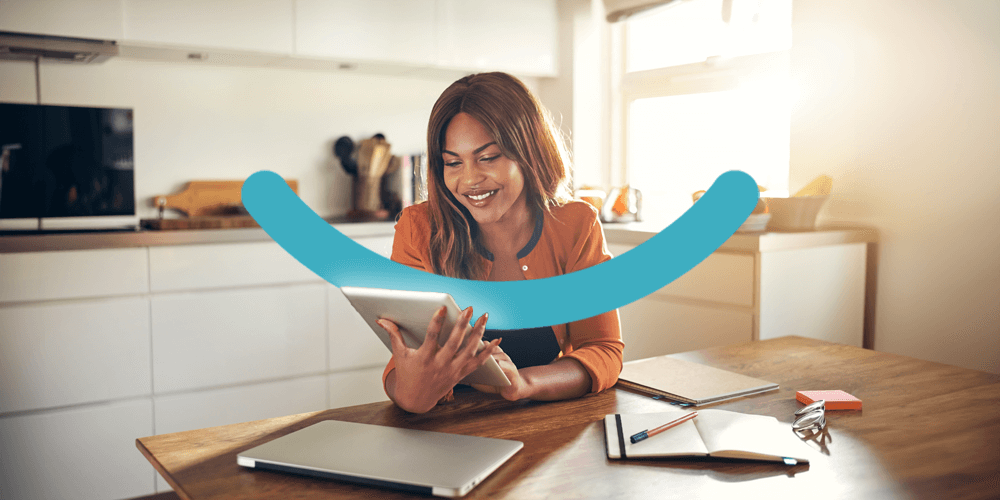The number of people working from home, either fully remote or hybrid, has risen significantly over the last few years. In fact, last year, a study reported that just under one quarter of UK workers now use some form of hybrid working within their week.
But with these changes comes the potential for your work and home life to become one and the same. Without a clear separation between the two, you run the risk of experiencing more stress and anxiety, which can quickly escalate into burnout.
It’s not always easy to step away from your home working space and switch off after a long week, but it’s a vital part of creating boundaries while remaining productive. Here’s a guide to making sure there’s a healthy balance to keep you feeling positive and ready to return to your desk after recharging your batteries.
Set a Clear Schedule
Just because you’re working from home, doesn’t mean that you have to be accessible outside of your core working hours. Flexibility is key to any productive working environment, but don’t be afraid to set clear working hours and make others aware of them. In time, others will be aware of when you’re available, and more importantly, when you aren’t.
Make Good use of Breaks
There’s a temptation to sometimes just sit at your working space eating your lunch or taking your comfort breaks. However, planning something away from your workspace, even if it’s just a walk around the block or doing the dishes, can help to keep that separation between work and home life in place.
Be sure to update your status when taking breaks, and openly talk about upcoming plans you have for time off. While it sounds small, these can have a big impact on your perceptions of work/life balance.
Consider your Working Space
Ideally, your workspace will be somewhere that you can focus, be productive, then log off without any distractions interfering with your day. Sometimes, this can be as simple as having a clean and tidy desk that’s free of things like piles of clothing or home-based chores/tasks in need of completing.
Stick to a Routine
Mental preparation for a day of work is just as important as physical prep. Working from home doesn’t mean you have to wake up 5 minutes before you start and log in. Try to have a set routine, like waking up and taking a shower, eating, and getting dressed for work.
Sure, there’s no commute on a work from home day, but that combination of mental and physical preparation puts your mindset into a workplace one, which you can then shift back from when you log off again.
Work and Life Balance for Wellbeing
Good wellbeing means finding a healthy balance between your home and work life wellness, helping to eliminate stress and burnout from developing. In time, you’ll be able to enjoy both aspects of your life without worrying over workloads and having it affect your free time.



